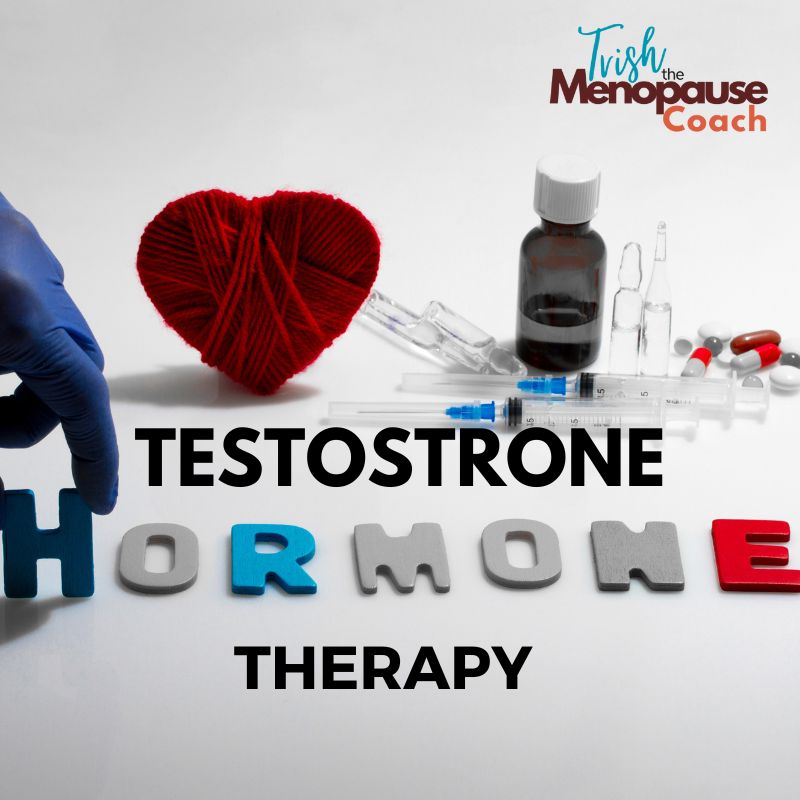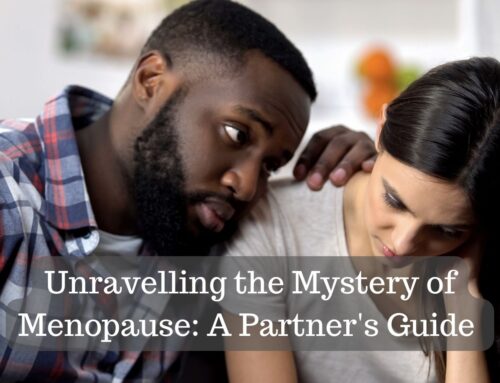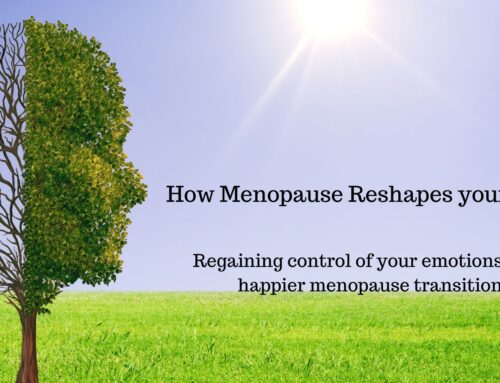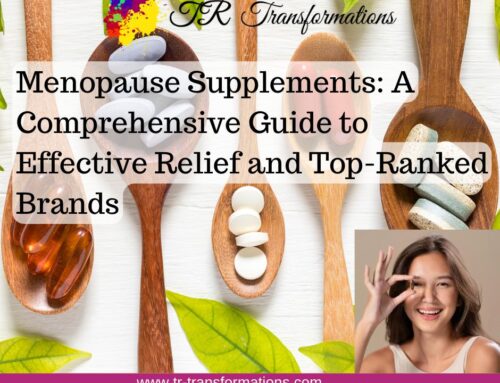Testosterone Therapy For Menopause
Testosterone Hormone Replacement for Women: Understanding Benefits, Risks, and Considerations
As a menopause coach, one of the most common questions I encounter is whether testosterone replacement therapy is a viable option for women. The answer to this query, unfortunately, isn’t a straightforward “yes” or “no.” The decision to pursue testosterone replacement therapy depends on the individual’s unique circumstances and the specific symptoms they aim to address. In this comprehensive guide, we’ll delve into the world of testosterone hormone replacement for women, exploring its significance, benefits, risks, and considerations.
Unveiling the Role of Testosterone in Women
Often dubbed as a male hormone, testosterone plays a significant role in women’s bodies as well. Surprisingly, women produce more testosterone than estrogen in the premenopause years, and this hormone contributes to various essential bodily functions. Despite its importance, women tend to experience the impact of declining testosterone levels primarily during perimenopause or menopause. However, it’s crucial to note that testosterone levels start declining from the mid-30s, making its effects even more profound when coupled with the drop in oestrogen during perimenopause.
Identifying Symptoms of Low Testosterone Levels
Low testosterone levels can manifest in a range of distressing symptoms, affecting both physical and mental well-being. These symptoms include:
- Low libido (sex drive)
- Reduced sexual pleasure and difficulty in arousal
- Lack of energy and persistent fatigue
- Challenges in concentration and focus
- Frequent headaches
- Loss of muscle mass
- And Low moods
While the common focus for considering testosterone replacement therapy is often libido-related, its influence stretches far beyond this realm. Boosting energy levels, enhancing muscle tone, and improving focus are some of the lesser-known advantages associated with adequate testosterone levels. Moreover, emerging evidence suggests that testosterone replacement therapy might also contribute to alleviating low moods and enhancing overall emotional well-being.
Understanding the Role of Testosterone in Hormone Replacement Therapy
The prevailing notion that testosterone replacement therapy is exclusively geared towards enhancing libido is a partial understanding of its potential benefits. The National Institute for Health and Care Excellence (NICE) guidelines primarily support the prescription of testosterone for women with low libido. However, its impact extends beyond just sexual well-being. Testosterone replacement therapy can be a game-changer for individuals seeking to regain lost energy, sharpen mental focus, and achieve optimal muscle tone.
Interplay Between Testosterone and Hormone Replacement Therapy
A critical consideration when contemplating testosterone replacement therapy is its interaction with hormone replacement therapy (HRT (oestrogen and progesterone). It’s not advisable to take testosterone without HRT, for women going through perimenopause and menopause; because if estrogen levels are depleted testosterone will convert to estrogen under such circumstances, making careful medical supervision paramount. As such, If estrogen intake is contraindicated for health reasons, testosterone replacement therapy might not be the suitable course of action.
Exploring Testosterone Replacement Therapy
Testosterone replacement therapy is not currently licensed in the Uk for women as such the only testosrone therapy on the market are designed for men who need a higher level than women. However, these medications can also be used for women in a well-managed lower dose. Many fear the fact that it is specifically designed for men, however with the right application research supports that it is safe for women to use. Testosterone therapy is commonly administered through topical gels. The two prominent options include Tostran and Testogel, although they are unlicensed specifically for this purpose.
Tostran 2%: This gel comes in a pump dispenser, with each pump containing 10 milligrams of testosterone. Typically, this gel is applied three times a week.
Testogel: Available in sachets, Testogel is applied once daily, using a small portion of the sachet. A week’s application comprises one sachet.
As stated above applying these gels requires adherence to specific guidelines for safety and avoiding adverse side effect; although reported side effect are very rare:
- Apply the gel to clean, dry skin.
- Allow the gel to dry before dressing.
- Refrain from contact with others during the drying period (approximately 10 minutes).
- Avoid washing the application area for at least three hours to allow absorption.
Navigating Possible Side Effects Of Testosterone Therapy
While testosterone replacement therapy generally aims to restore pre-menopausal testosterone levels, there may be potential side effects, primarily associated with high doses, which is why managing your doses properly is important. Do not fear though doses can be refined to reverse some this side effects. To reassure you the occurance of this side effect are rear. The most common being a women noticing more hair growth on side of application.
These side effect may include:
- Increased facial or body hair (hirsutism)
- Pattern hair loss (alopecia)
- Acne and oily skin
- Deepened voice
- Enlarged clitoris
Potential Risks Testosterone Therapy:
In our comprehensive discussion of testosterone replacement therapy for women, it’s essential to address the topic of potential risks to provide a comprehensive overview that aids in making informed decisions. Understandably, concerns have been raised about the potential link between testosterone treatment and an increased susceptibility to cancer and heart disease. Presently, however, the existing body of evidence does not offer conclusive proof to support these concerns. What’s needed is robust and meticulous research to conclusively determine any potential risks associated with long-term testosterone replacement therapy in women. Given the relatively recent adoption of testosterone therapy for women, time is a crucial factor in this exploration. Nonetheless, the preliminary findings thus far are encouraging and hold promise.
To fully comprehend the potential implications of testosterone replacement therapy and the associated uncertainties, the call for rigorous research becomes paramount. Rigorously designed studies encompassing substantial timeframes are essential to definitively determine any potential risks linked to the extended use of testosterone replacement therapy in women.
Conclusion
Deciding whether testosterone replacement therapy is suitable for women demands careful consideration, informed by a thorough understanding of its benefits, risks, and implications. While libido enhancement is one facet of its impact, the scope of testosterone’s influence encompasses energy levels, mental acuity, muscle tone, and emotional well-being. As the medical landscape evolves, ongoing research will shed light on the nuanced interplay between testosterone replacement therapy, hormone replacement therapy, and women’s health. To embark on this journey, consultation with healthcare professionals and experts in the field is of utmost importance to make informed decisions tailored to individual needs.
Support for Understanding Testosterone Therapy:
AT TR Transformation, I offer holistic solutions and impartial guidance, enabling you to make well-informed choices that empower you to flourish throughout the menopausal journey. Hesitant about testosterone therapy? why not take advantage of our Hormonal Wellness Services Dive into our Hormonal Wellness Services for expert tailored advice to give yourself that confidence to make the best, informed decision for you.







Leave A Comment